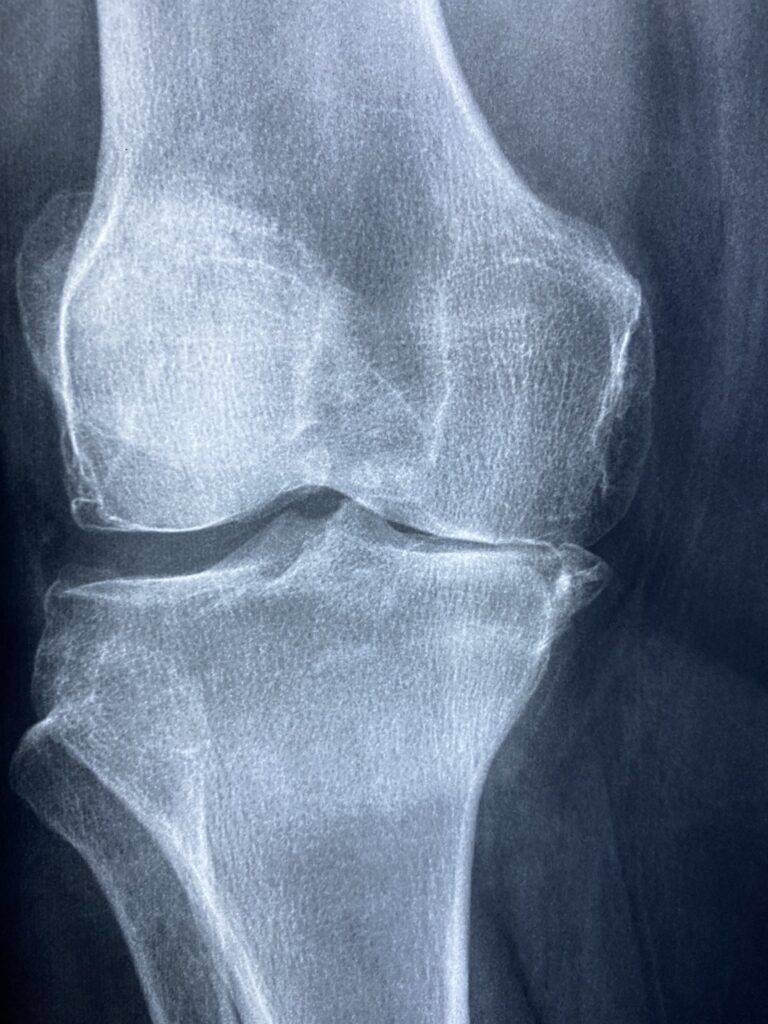Understanding Breast Cancer: A Comprehensive Guide
What is Breast Cancer? Breast cancer is a type of cancer that develops in the cells of the breast tissue. It can occur in both men and women, although it is much more common in women. Breast cancer can begin in different parts of the breast, such as the ducts, lobules, or connective tissue, and it can spread to other parts of the body if not treated early.
Types of Breast Cancer There are several types of breast cancer, including:
- Ductal Carcinoma In Situ (DCIS)
- Invasive Ductal Carcinoma (IDC)
- Invasive Lobular Carcinoma (ILC)
- Triple-Negative Breast Cancer
- Hormone Receptor-Positive Breast Cancer
Symptoms of Breast Cancer Common symptoms of breast cancer may include:
- A lump or mass in the breast or underarm area
- Swelling or thickening of the breast tissue
- Changes in the size or shape of the breast
- Nipple discharge, inversion, or changes in appearance
- Redness, pitting, or dimpling of the breast skin
Causes of Breast Cancer The exact cause of breast cancer is unknown, but several factors may increase the risk, including:
- Genetic mutations (BRCA1 and BRCA2)
- Family history of breast cancer
- Hormonal factors (estrogen and progesterone)
- Age (risk increases with age)
- Personal history of breast cancer or other breast conditions
Risk Factors for Breast Cancer Risk factors for breast cancer may include:
- Age (risk increases with age)
- Gender (more common in women)
- Family history of breast cancer
- Genetic mutations (BRCA1 and BRCA2)
- Personal history of breast cancer or other breast conditions
- Hormonal factors (early menstruation, late menopause, hormone replacement therapy)
- Lifestyle factors (obesity, alcohol consumption, lack of physical activity)
Diagnosis of Breast Cancer Diagnosing breast cancer typically involves:
- Clinical Breast Examination: A healthcare provider examines the breasts and underarm area for lumps, changes in size or shape, or other abnormalities.
- Mammogram: X-ray images of the breast tissue are taken to detect any abnormalities, such as masses or calcifications.
- Breast Ultrasound: Sound waves are used to create images of the breast tissue to further evaluate any abnormalities detected on mammogram or clinical examination.
- Biopsy: A tissue sample is removed from the suspicious area and examined under a microscope to determine if cancer cells are present.
Pharmacokinetics and Pharmacodynamics Pharmacokinetics refers to how drugs are absorbed, distributed, metabolized, and excreted by the body, while pharmacodynamics refers to how drugs exert their effects on cancer cells. Pharmacological treatment of breast cancer often involves chemotherapy, hormonal therapy, targeted therapy, or immunotherapy, which aim to destroy cancer cells or inhibit their growth.
Pharmacological Treatment Pharmacological treatment options for breast cancer may include:
- Chemotherapy: Using drugs to kill cancer cells or stop their growth.
- Hormonal Therapy: Blocking the effects of estrogen or progesterone on breast cancer cells.
- Targeted Therapy: Targeting specific molecules involved in cancer growth and progression.
- Immunotherapy: Stimulating the immune system to recognize and attack cancer cells.
Non-Pharmacological Treatment Non-pharmacological treatment options for breast cancer may include:
- Surgery: Removing the tumor through surgery to preserve as much of the breast as possible.
- Radiation Therapy: Using high-energy beams to destroy cancer cells or prevent their growth.
- Supportive Care: Providing symptom management, pain relief, and psychological support to improve quality of life.
Conclusion Breast cancer is a complex and challenging disease that requires a multidisciplinary approach to diagnosis and treatment. By understanding the types, symptoms, causes, risk factors, diagnosis, and treatment options for breast cancer, individuals can take proactive steps to manage their risk and improve their overall prognosis. Early detection, prompt intervention, and ongoing support are crucial for optimizing outcomes and enhancing the quality of life for patients with breast cancer. If you or someone you know experiences symptoms suggestive of breast cancer, it is essential to seek medical attention promptly for proper evaluation and management.




